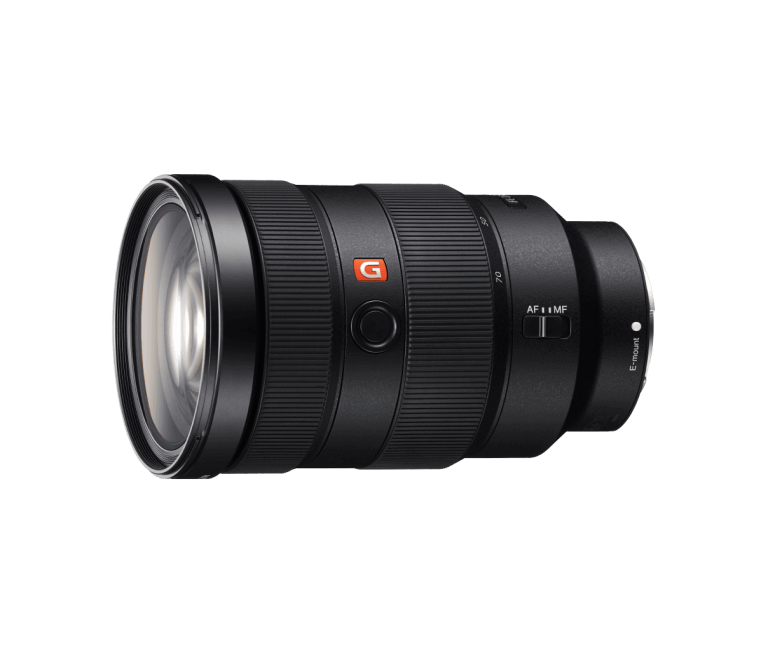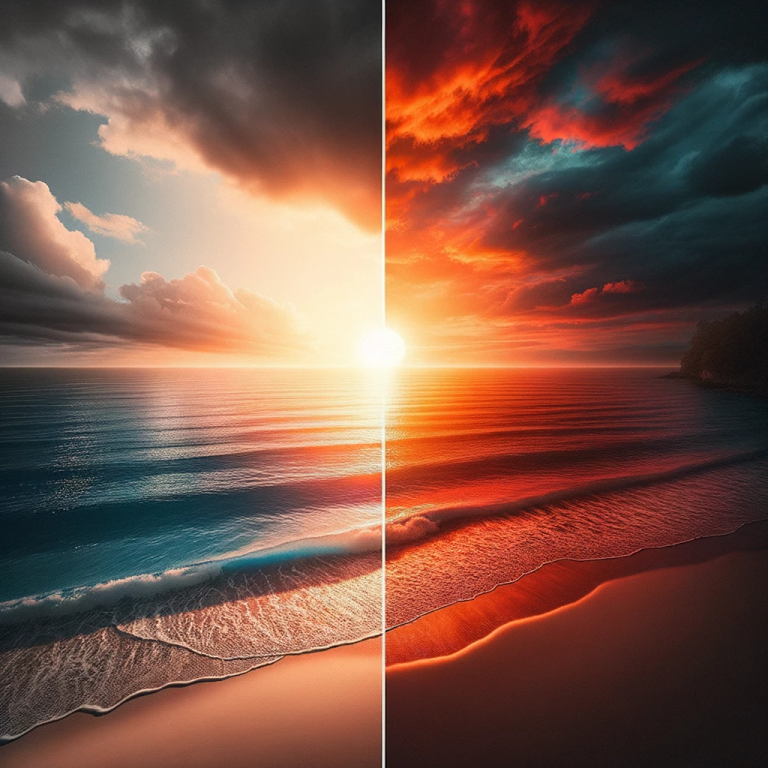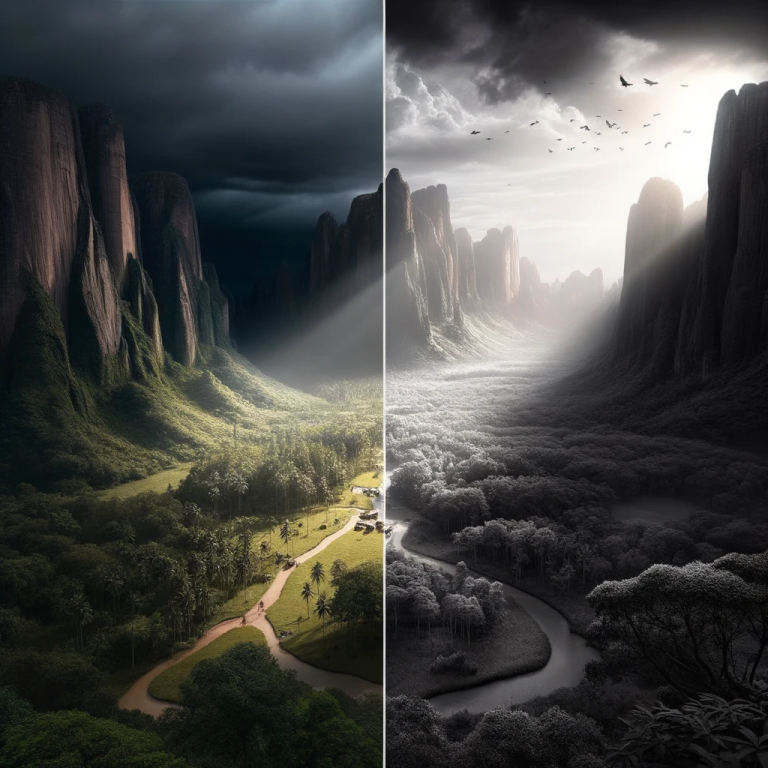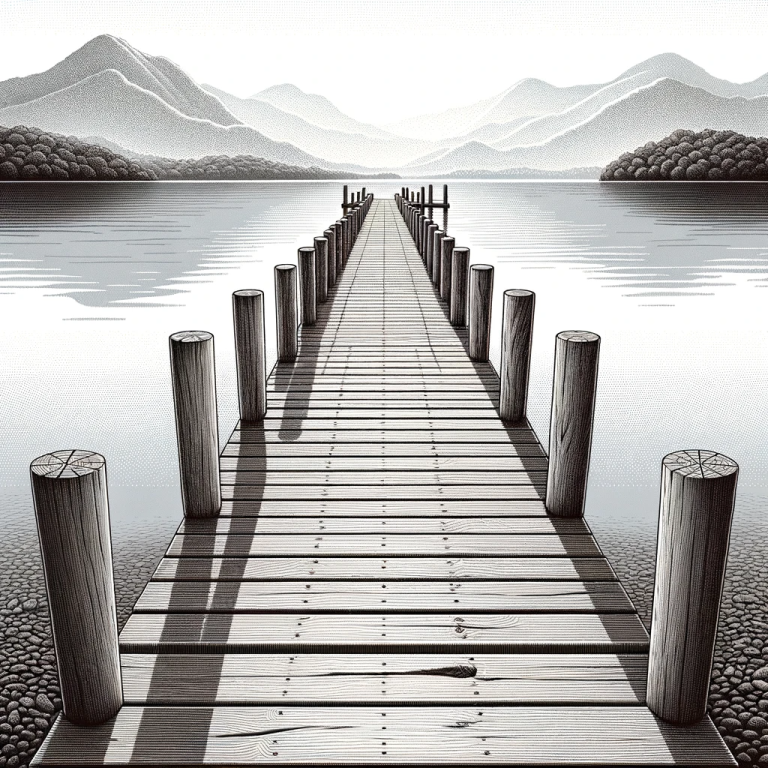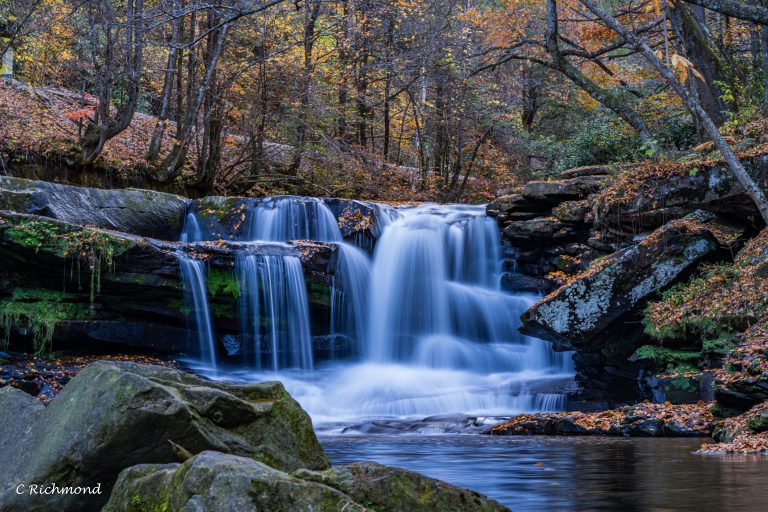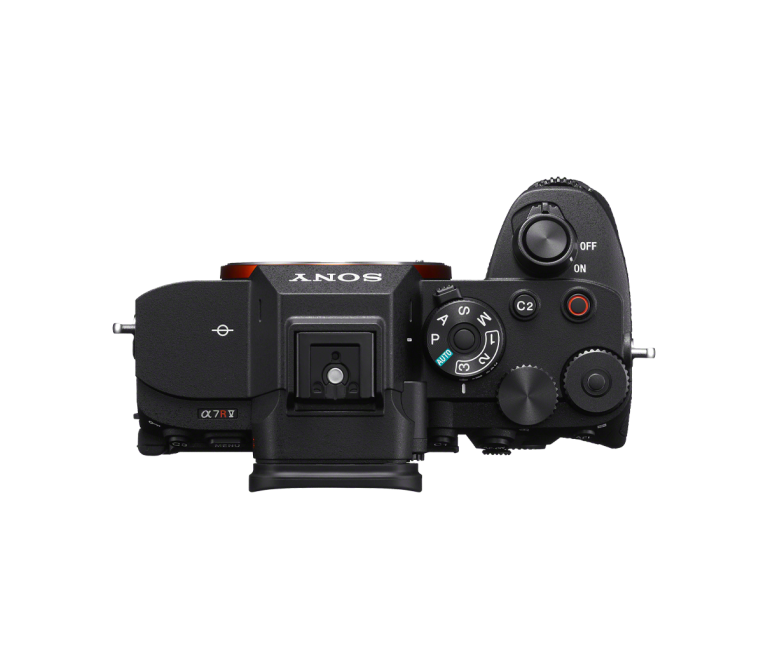Depth of Field Explained: Techniques, Tips, and Impact in Photography
Depth of Field (DoF) isn’t just a technical term; it’s the heart of every powerful photograph. Whether it’s the sharp focus on a dewdrop or the creamy blur of a distant horizon, understanding and mastering DoF can transform your photography journey from a casual hobbyist to a true artist. It’s the subtle distinction that can evoke a sea of emotions, from nostalgia to tension, in the viewer’s heart.
What is Depth of Field in Photography?
The Depth of Field is Emotion.
Depth of Field is not merely a technicality; it’s an emotion. A shallow DoF can make a subject stand out, creating intimacy, while a deeper DoF can provide context, evoking a sense of place or nostalgia. When the background blurs, the subject becomes the hero. On the contrary, when everything is in focus, the story becomes broader and more inclusive.
Take, for instance, a portrait. Using a shallow depth of field can blur out distractions, ensuring that the viewer’s attention is solely on the person, capturing their essence without any distractions. This technique is not just about aesthetics; it’s about capturing the soul of the subject.
History’s Lens:
 By Steve McCurry, Fair use, https://en.wikipedia.org/w/index.php?curid=25404821
By Steve McCurry, Fair use, https://en.wikipedia.org/w/index.php?curid=25404821
Throughout the annals of photography, DoF has played a pivotal role in many iconic images. Consider Steve McCurry’s “Afghan Girl.” The sharpness of her eyes contrasted with the softer background brings out the intensity of her gaze, making it one of the most recognizable photos in history.

Another example is Ansel Adams and his breathtaking landscapes. By utilizing a deeper depth of field, Adams made sure every detail, from the foreground to the distant mountains, was crisply in focus, transporting viewers directly into the scene.
The Science Behind the Blur:
At its core, Depth of Field (DoF) is about focus and the extent of the area in your image that remains sharp. However, there’s a captivating science behind this. The play of blurs and sharpness is influenced primarily by three interconnected factors:
- Aperture: Often represented by the ‘f’ number on your camera, the aperture dictates the size of the opening in your lens through which light enters.
- Larger Aperture (e.g., f/1.8): Provides a shallower depth of field, resulting in creamy, out-of-focus backgrounds, popularly referred to as ‘bokeh’. This setting is ideal for portraits where the subject stands out against a dreamy backdrop.
- Smaller Aperture (e.g., f/16): Offers a deeper depth of field, ensuring that objects from the foreground to the background are in sharp focus. Landscape photographers frequently use this setting to capture detailed scenes.
- Distance to Subject: Your proximity to your subject plays a pivotal role in determining DoF.
- Closer Proximity: Being nearer to your subject with the same aperture setting will produce a shallower depth of field. This technique is often used in macro photography, where tiny subjects, like insects or dewdrops, are highlighted against a soft, blurred background.
- Farther Away: When your subject is at a distance, even with a wider aperture, the depth of field can appear deeper. This is why, in street photography, even with apertures like f/2.8, more elements in the frame can remain in focus.
- Focal Length: This refers to the distance (in mm) between your camera’s sensor and the point where the light converges in the lens.
- Longer Focal Lengths (e.g., 85mm or 200mm): These can produce a shallower DoF when compared to shorter focal lengths at the same aperture. Portrait photographers often use an 85mm lens to get beautiful subject isolation.
- Shorter Focal Lengths (e.g., 24mm or 35mm): These are often used in landscape and street photography. They inherently have a deeper depth of field, ensuring more elements are in focus in the frame.
The Interplay and Balancing Act: One of the fascinating aspects of photography is the delicate balancing act between these factors. For instance, you might be using a longer focal length but decide to step back and increase your distance from the subject, adjusting the DoF. Or you might be using a wide aperture but choosing a shorter focal length to include more background details. Understanding how these elements interact allows photographers to make informed decisions based on their creative vision.
In essence, mastering the science behind the blur isn’t just about knowing the technicalities. It’s about using this knowledge as a tool to mold and manifest your artistic vision, telling stories one focused or unfocused frame at a time.
“The camera is an instrument that teaches people how to see without a camera.” – Dorothea Lange
Understanding Depth of Field doesn’t just allow you to capture photos; it lets you capture raw emotions, weaving stories without words.
How do you Improve your Depth of Field?
Your Camera’s Best Friend:
While the camera body is essential, when it comes to DoF, the lens often plays a more critical role. Prime lenses with wide apertures like f/1.4 or f/1.8, are fantastic for achieving that dreamy blurred background. On the other hand, zoom lenses, especially those with fixed apertures, provide flexibility while maintaining consistent DoF control.
Settings and Situations:
The brilliance of Depth of Field lies in its adaptability. While the technical aspects remain constant, the application varies, molding itself to every scenario. Here’s a deeper exploration of how DoF can be harnessed in different photographic situations:
- Portraits:
- Isolation with Aperture: Opt for a wider aperture, such as f/1.4 or f/1.8, to isolate your subject from the background. This not only minimizes distractions but also adds an artistic, professional touch to your portraits.
- Eye Focus: Especially in close-up portraits, ensure the eyes are in sharp focus. They are the windows to the soul and the primary point of connection with viewers.
- Environmental Portraits: If you’re capturing a subject within their environment (like a chef in a kitchen), you might want a slightly deeper DoF. Here, an aperture like f/5.6 might be more fitting, ensuring the subject is sharp, but some context of the background is also discernible.
- Group Portraits: When photographing multiple people, it’s crucial to ensure everyone is in focus. A mid-range aperture like f/8 is recommended, especially if subjects are at varying distances from the camera.
- Landscapes:
- Foreground Interest: Use a smaller aperture, such as f/16, to ensure both the foreground and the distant horizon are sharp. This is particularly useful when you have interesting elements in the foreground, like rocks or flowers, that you wish to include as part of the story.
- Leading Lines: Utilize natural leading lines, such as roads or rivers, to guide the viewer’s eye. With a deep DoF, these lines can lead from the very front of the image to the distant background.
- Golden Hour Brilliance: During the golden hours of dawn and dusk, landscapes take on a magical hue. A deeper DoF ensures the warm light is captured across the entire scene.
- Use of Filters: Neutral Density (ND) and Graduated ND filters can help manage exposures in landscapes, especially when using smaller apertures. They can balance the light and allow for longer exposures, making the sky and water appear dreamy while maintaining a deep DoF.
- Street Photography:
- Anticipation is Key: Street photography often requires split-second decisions. Pre-setting your camera to a mid-range aperture like f/8 ensures you’re ready for anything, providing a reasonable DoF while maintaining faster shutter speeds.
- Storytelling: Depth of Field can be a potent tool in narrating street tales. A shallow DoF can highlight a singular subject, like a street vendor, while a deeper DoF can capture a bustling market scene in its entirety.
- Stay Discreet: Sometimes, it’s essential to capture candid moments without drawing attention. Using lenses with shorter focal lengths, like a 35mm, allows for wider shots and deeper DoF, letting you shoot from the hip or without raising the camera to your eye.
- Zone Focusing: This technique involves pre-focusing your lens to a specific distance and shooting without re-focusing every time. Given the often spontaneous nature of street photography, this ensures you don’t miss crucial moments and maintain the desired DoF.
Each photographic scenario is a unique puzzle, and Depth of Field is one of the pivotal pieces. By understanding and adapting settings to various situations, photographers can not only capture images but also emotions, narratives, and moments in time.
Experimentation is Key:
Depth of Field, like many aspects of photography, isn’t just about adhering to established norms and rules. At its heart, it’s a tool, a canvas of opportunity that beckons photographers to challenge the status quo and experiment. Here’s how you can push the boundaries and expand your creative horizons:
- Reimagining Subjects: Start by photographing common, everyday objects, but with a twist. Use a shallow DoF to focus on a lesser-noticed detail, like the texture of a leaf or the intricate patterns on fabric. This can turn mundane subjects into captivating points of interest.
- Play with Light: Depth of Field can drastically change when coupled with different lighting scenarios. For instance, try capturing the bokeh of city lights at night using a wide aperture. The blur of lights can create a mesmerizing, abstract backdrop.
- Challenge Your Perspective: Instead of the usual eye-level shots, try capturing from a worm’s eye view or a bird’s eye perspective. Adjusting your DoF in these uncommon angles can yield unexpected and refreshing results.
- Moving Subjects: While static subjects are easier to experiment with, introducing motion can add a dynamic layer to your DoF experiments. For instance, try panning shots with a moving subject, like a cyclist, maintaining focus on them while the background blurs due to motion and shallow DoF.
- Combine with Other Techniques: Merge your DoF knowledge with other photography techniques. For instance, use a slow shutter speed and a shallow DoF to capture light trails in the night. Or, use DoF with macro photography to highlight minute details.
- Post-Processing Experiments: With the advent of advanced editing software, you can further play with depth in post-processing. Enhance bokeh, simulate a tilt-shift effect, or even combine multiple shots with varying DoFs for a focus-stacked image that’s sharp from front to back.
- Seek Inspiration: Look at the works of renowned photographers, but with a twist. Try recreating their shots, but alter the DoF. This exercise not only pushes your creative limits but also provides a deeper understanding of the role DoF plays in compositions.
- Stay Curious: Remember, the most significant discoveries often arise from mistakes. Even if an experiment doesn’t yield the desired result, it’s a step forward in your journey and a lesson learned. Embrace the unexpected outcomes and analyze them; they’re the stepping stones to your next masterpiece.
In essence, Depth of Field is like a musical instrument, and while there are notes and scales to guide you, the true magic lies in improvisation. By continuously experimenting, challenging norms, and venturing beyond comfort zones, photographers can discover unique styles, narratives, and expressions that resonate deeply with viewers.
Common Mistakes:
- Missing the Focus: Especially with a shallow DoF, it’s easy to miss the focus. Always ensure your subject, especially the eyes in portraits, are sharp.
- Too Much Blur: While bokeh is beautiful, ensure there’s enough context for the viewer to understand the scene.
- Ignoring the Background: Even with a blurred background, bright lights or distracting elements can pull attention away from the subject.
What’s Next:
Now that you’re armed with the knowledge of Depth of Field, it’s time to dive into the vast ocean of photography with renewed confidence and vision. Share your photos, your insights, your journey with our ever-growing community. Let’s learn, grow, and evolve together. And if you feel the thirst to delve deeper, our advanced photography courses await you. Embark on this visual journey and elevate your artistry to uncharted horizons. Your lens, your story. Make it unforgettable.


